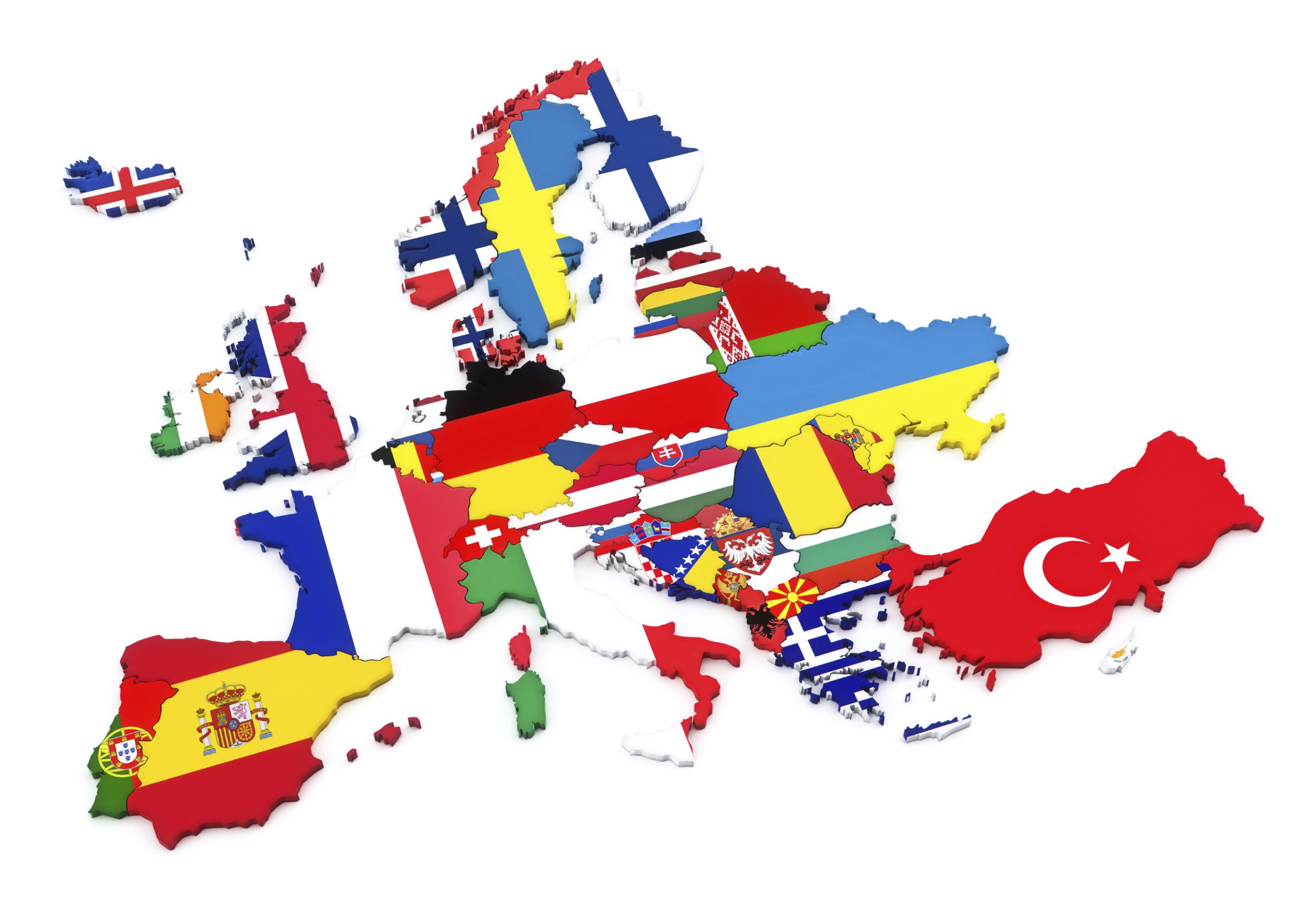Harmonised health technology assessment in Europe? There's a long way to go

Europe is heading towards harmonisation in health technology assessment – but great differences remain in practices and culture.
After many years in the making, the European Commission (EC) set out plans for a more harmonised approach to Health Technology Assessment (HTA) across Member States (MS) at the end of January 2018.
But just how hard will it be to achieve this ambitious project in practice?
High hopes from a more harmonised approach
The EC has high hopes from a more harmonised approach – with the ultimate aim of helping Europe’s patients gain access to new medicines faster.
From doing more HTAs for less within Europe, to making things easier for industry, making better decisions and all the way to empowering patients who will have access to information on the added clinical value of a new technology. It’s hoped that approaching added clinical value together can achieve all of this.
There aren’t plans, however, for a fully harmonised approach when it comes to non-clinical elements: economic, social and ethical aspects. And there is no plan for a harmonised approach to pricing and reimbursement.
[caption id="attachment_36853" align="alignnone" width="270"] European Commission vice president Jyrki Katainen launched the plans in February[/caption]
European Commission vice president Jyrki Katainen launched the plans in February[/caption]
The roadmap to deliver harmonised HTA is through a new regulation on HTA. That will set up a MS Co-ordination Group on HTA. The idea is a new set of structures to plan and deliver joint work. This means that sub-groups will conduct specific work, and those agencies not on the sub-groups will respect the results.
The Co-ordination Group will cover joint clinical assessments, joint scientific consultations, identification of emerging health technologies and everything else having voluntary co-operation. That covers hot topics like the use of real-world evidence (RWE).
A variable landscape
It is in accompanying EU-commissioned work – and it was clearly quite a major undertaking - where there is the most up-to-date overview of HTA and how it’s approached across the EU now.
Some stats are worth flagging; there are 56 public bodies in 27 EU countries and Norway that do HTA at the national level. Only 15 countries have a single HTA agency.
There are some key issues that the report flags, both explicitly and implicitly, that highlight the stumbling blocks that may slow down a move to a more harmonised approach, even if everyone accepts the proposals in theory:
• No common definition of HTA process - There is a great deal done and written under the banner of HTA. Yet even though collaboration has been ongoing for years in Europe, there is not yet universal agreement on the definitions of the HTA process. And process in HTA really matters; it will be process that the EC has to tackle in writing the rules for how to do joint clinical assessments and joint scientific advice.
• No commonality in the steps for HTA – Similarly, there is no common framework for the steps in the HTA process. For many countries, the steps reflect the particular history of how their set agency was set up. That means the need for quite a bit of adjustment, especially to accommodate expectations for stakeholder involvement set out by the EC.
• Lack of engagement by HTA agencies – It would seem that two countries' HTA agencies didn’t reply when asked to validate their HTA country profile; Romania and Greece. It’s surely a pre-requisite to participate if ambitions of a more harmonised HTA approach across Europe are to be met in practice.
There are wider questions, too, about how it can really work, and where being harmonised might mean some of the fastest national processes having to slow down in order to conform to a common European standard. For example, the intention under the EC plans is for the joint clinical assessments to take place after a product has a marketing authorisation (MA). In some MS (NICE comes to mind but its status is unclear post-Brexit) there is an explicit drive to not only start the work, but have it done, by the time that a new drug has a MA.
A lot to do in six years
If the European Council adopts the proposal, the regulation on HTA will be in place by 2020. The EC is also planning for a phased approach to adoption, giving MS three years to introduce it. Given the starting point across Europe, that means there’s a lot to do in six years.
Read the full European Commission proposals here: Strengthening EU co-operation beyond 2020
About the author:
Leela Barham is an independent health economist and policy expert who has worked with all stakeholders across the health care system, both in the UK and internationally. Leela works on a variety of issues: from the health and wellbeing of NHS staff to pricing and reimbursement of medicines and policies such as the Cancer Drugs Fund and Patient Access Schemes.
Note: From 5 March 2018 Leela will be a subject matter expert on medicines pricing policy development for a Government client. For the duration of her involvement in that project she will be restricted on the topics she can cover.
Find out more here and contact Leela on leels@btinternet.com












